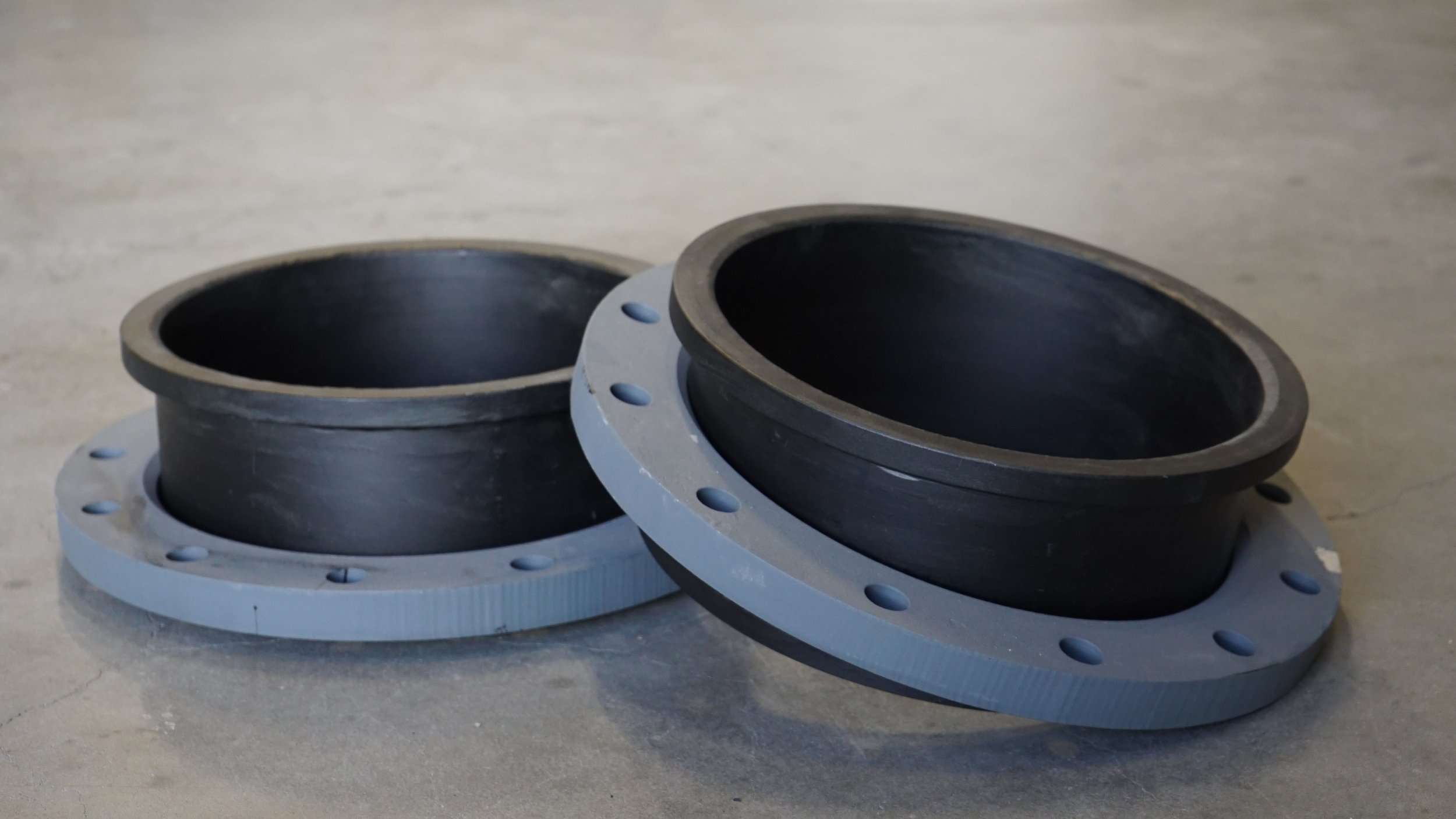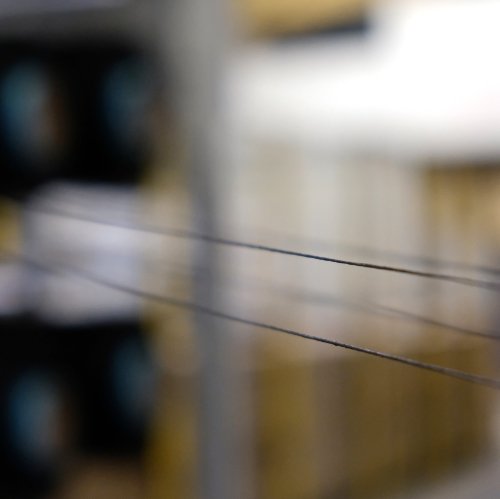
Smart Mandrels and Tooling
Smart mandrels and tooling for reinforced rubber products
TANIQ has more than 8 years of experience with building prototypes and developing production processes. As a result TANIQ has developed many product mandrels and tooling. The choice for the mandrel and tooling concept strongly depends on the required number of prototypes or products you want to build with it. TANIQ has experience with disposable mandrels for one-time use, aluminium or composite mandrels and tooling for making small series and robust steel mandrels for series productions. Besides costs and lifetime of the mandrel and tooling, also the handling time (assembly and de-assembly) is an important selection criteria.
Mandrel concepts
Over the years TANIQ has developed and used many different mandrel concepts. The most basic mandrels are cylindrical mandrels for hose production. However, many products have trapped parts which require a special mandrel solution. TANIQ has developed mandrels of disposable materials which can be washed, broken or melted out of the final product. Furthermore, TANIQ has developed various segmented mandrels consisting of multiple parts which can be extracted from the final product like puzzle pieces. For example, TANIQ has developed mandrels for bellow shaped turbo hoses, rubber expansion joints, pipe-plugs, lifting bags and bend (elbow) hoses.
Mandrels for prototyping
TANIQ has experience with developing low cost mandrels for prototyping, ranging from solvable or breakable mandrels for one-time use to low-cost aluminium mandrels for small series. The tooling required for small series prototyping is mostly made from aluminium (instead of steel).
Mandrels for production
TANIQ has assisted several manufacturers with the design and production of their production mandrels. Mandrels and tooling for series production have different design criteria. It is important that they survive many production cycles in a rough industrial environment. Production mandrels are mostly made of steel to guarantee the required tolerances over its life-time. Furthermore, they are optimized for handling tasks (e.g. assembly and de-assembly) and for transport through the factory (e.g. equipped with hoisting eyes).








